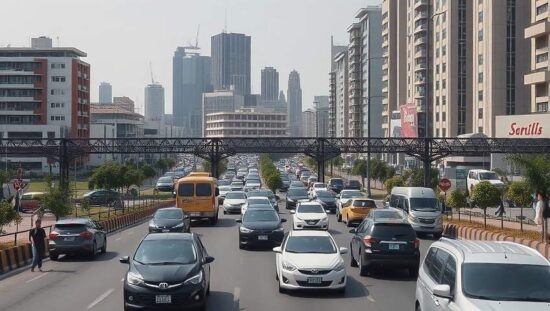Data released Tuesday by the Statistical Federal Office (Destatis) indicates a concerning trend in land consumption within Germany. Between 2020 and 2023, the average daily increase in area utilized for settlements and transportation amounted to 51 hectares (approximately 125 acres). This represents a rise of 2 hectares compared to the previous period of 2019 to 2022.
Currently, 14.6% of Germany’s total land area – roughly 5.2 million hectares – is allocated for residential, industrial, commercial and transportation purposes. The majority of the remaining land is dedicated to agriculture (50.3%) and forestry (29.9%), with only 2.3% comprising bodies of water.
While the overall rate of land consumption remains significant, the expansion of areas designated for housing, industry, commerce and public facilities demonstrated a slower pace in 2023 compared to prior years. An average of 35 hectares were newly utilized daily, a reduction from 37 hectares in 2022, 39 hectares in 2021 and 40 hectares in 2020. Destatis attributes this deceleration primarily to a decrease in construction activity and a reduction in land use within the states of Brandenburg and Thuringia.
Conversely, land dedicated to sports, leisure and recreation saw a notable increase. Daily growth in this category rose from 12 hectares in 2022 to 17 hectares in 2023. Brandenburg experienced the most substantial increase, with a 14.8% rise largely due to the reclamation of previously unused construction areas.
The German government has set a target to reduce the daily rate of land consumption to below 30 hectares by 2030. A long-term goal, envisioned for 2050, aims to achieve a “circular economy for land use” where the net impact of settlement and transportation activities results in no further expansion onto new land.





